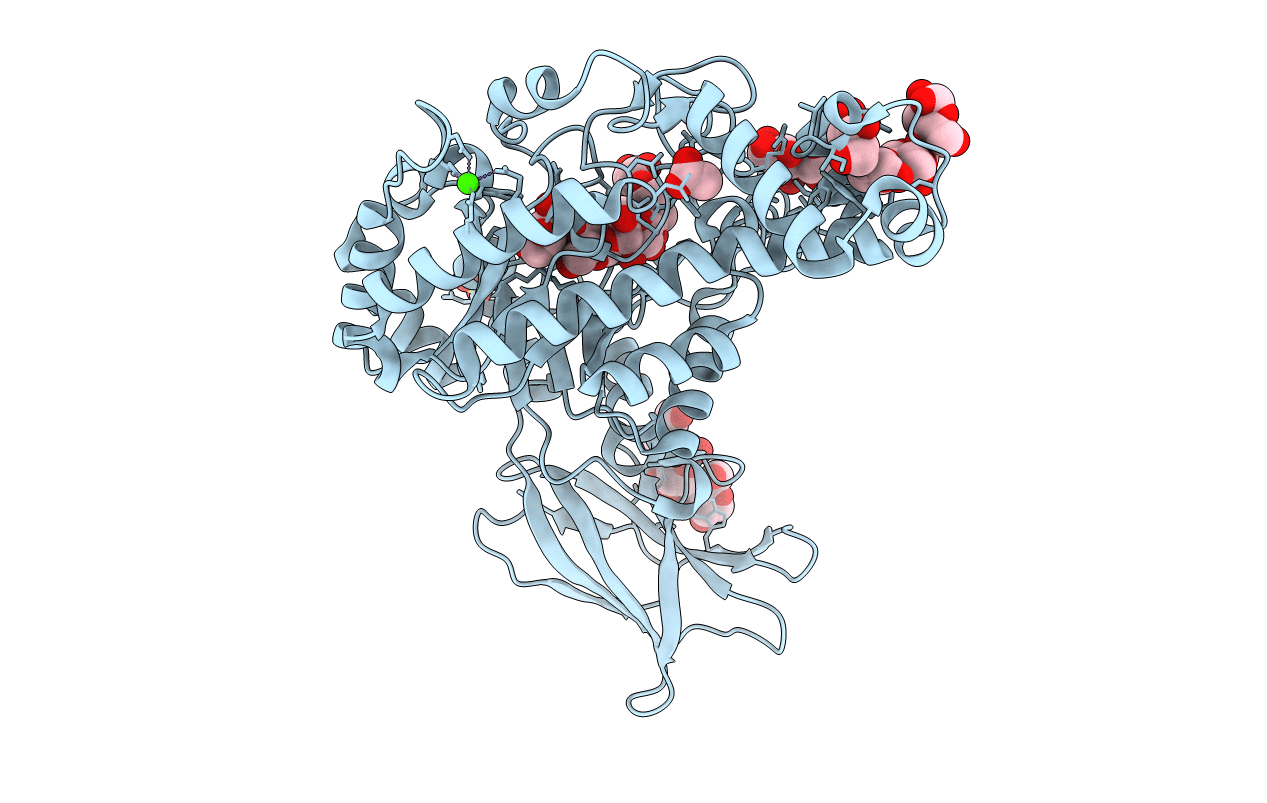
Deposition Date
2002-01-17
Release Date
2003-05-27
Last Version Date
2024-10-30
Entry Detail
PDB ID:
1ITC
Keywords:
Title:
Beta-Amylase from Bacillus cereus var. mycoides Complexed with Maltopentaose
Biological Source:
Source Organism:
Bacillus cereus (Taxon ID: 1396)
Host Organism:
Method Details:
Experimental Method:
Resolution:
2.10 Å
R-Value Free:
0.21
R-Value Work:
0.17
R-Value Observed:
0.17
Space Group:
P 1 21 1


